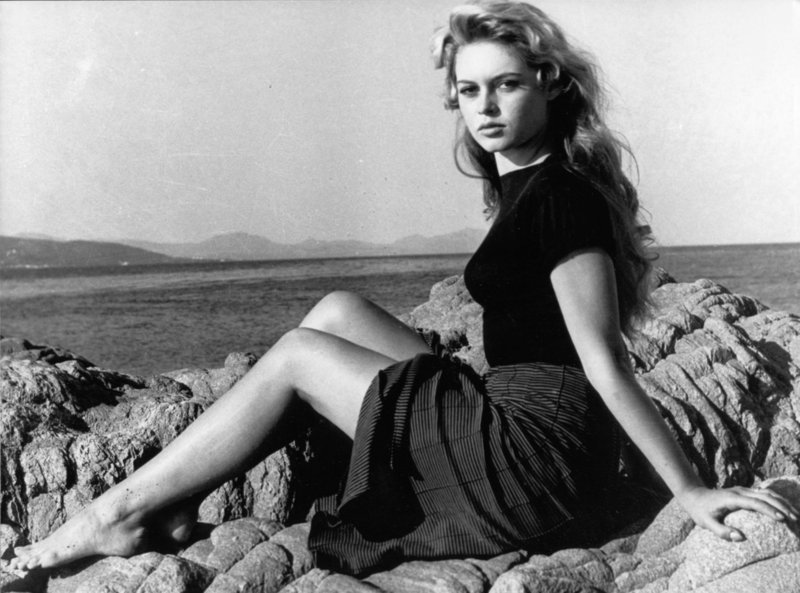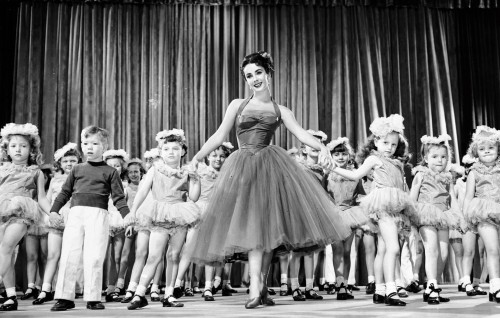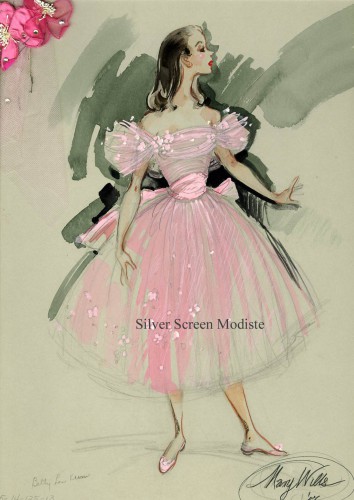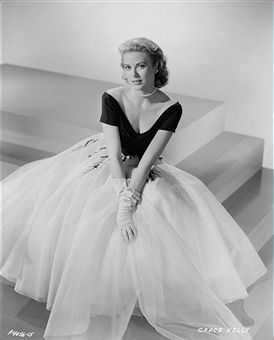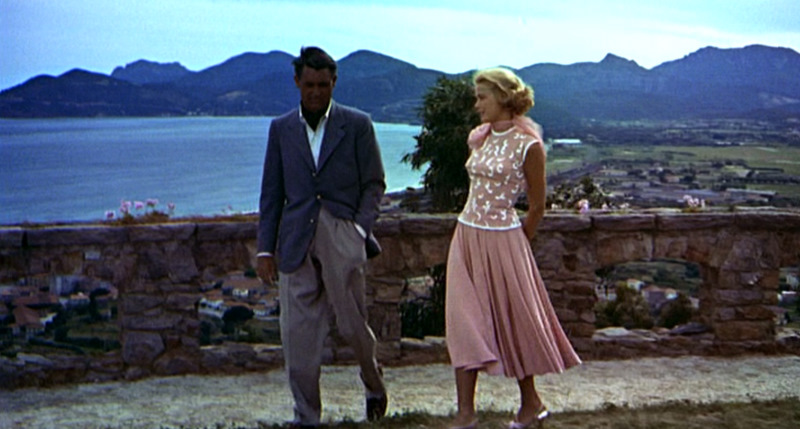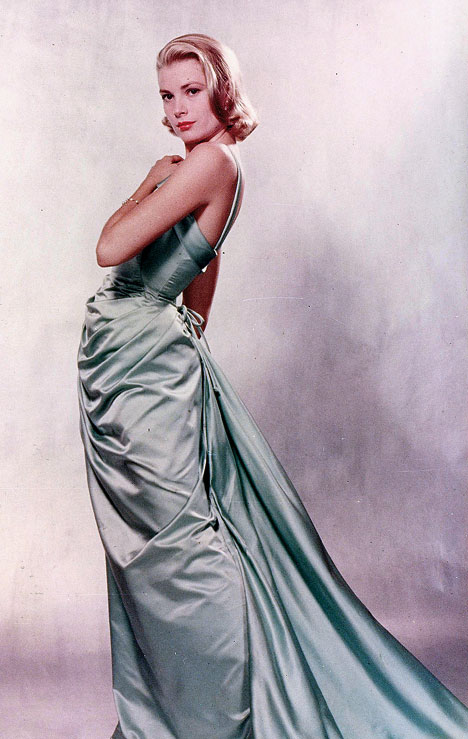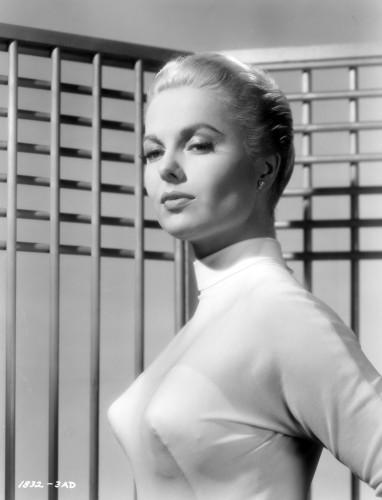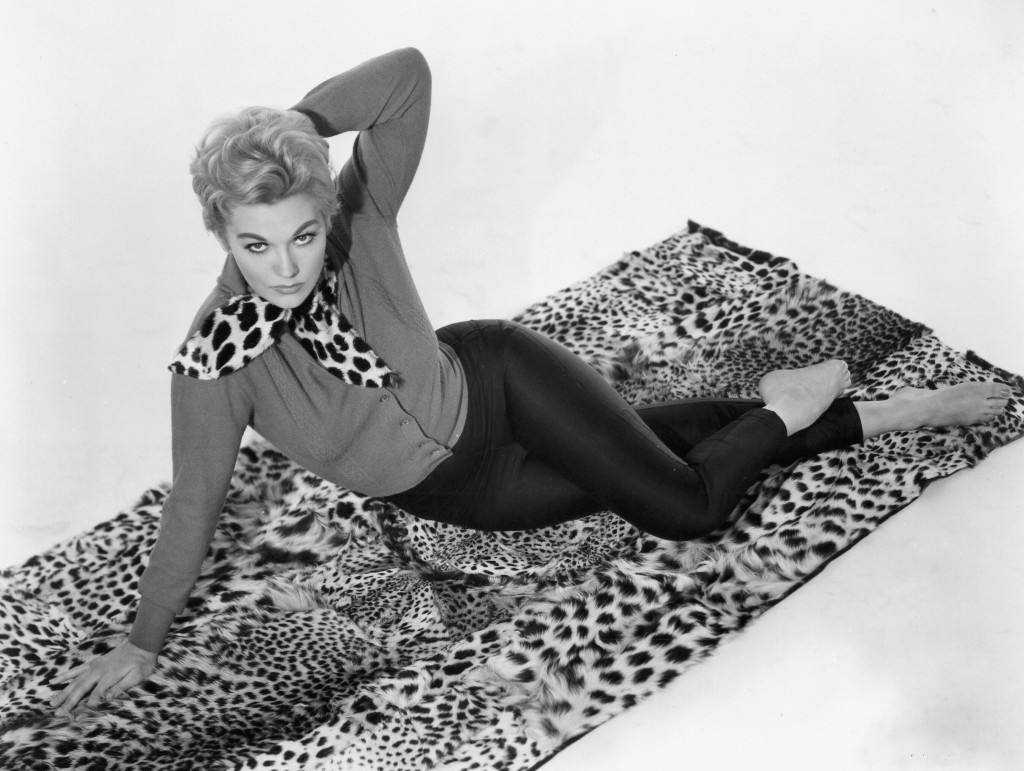There was a time in Hollywood when any star would recognize the name Irene. And in greater Los Angeles any woman of means would buy their custom-made clothes designed by her. Long before movie stars borrowed or were given couture designer gowns for their award shows, they’d flock to Irene at Bullock’s Wilshire in Los Angeles. In the 1930s and 1940s, Irene’s gown prices equaled hose demanded by the Parisian couturiers. And since Irene designed for the custom trade at Bullock’s as well as designing free-lance for the stars at their home studios, the celebrated name of Irene was known by all. Several people including her grand-niece Karlyn are keeping the legacy of Irene Lentz Gibbons alive. It is a rich and visually stunning one – unique to its time but an inspiration for today.

Marlene Dietrich was completely focused on her image. She knew exactly where to stand under the lights when being photographed.She would patiently wait through exacting fittings for her custom clothing. She always dressed when going out and always demanded that her gowns be “a la Dietrich.” For her personal wardrobe she turned to Irene, and after Banton left Paramount, she had Irene design her film costumes as well. One such design is shown above, and Marlene looked fetching in this Irene-designed beaded outfit in The Lady is Willing, 1942.
Irene designed devastatingly glamorous gowns. She had studied couture in Paris after her first husband, the movie director F. Richard Jones, died in 1930. She had closed her small dress shop and packed her bags to spend time with a friend. After she returned to the U.S. Irene combined those skills into her own look of glamour, mixed with elegance and sexual allure, looks that Adrian and Travis Banton had pioneered in Hollywood. Such combinations of strength, sex, and style had not yet become acceptable in continental couture.
.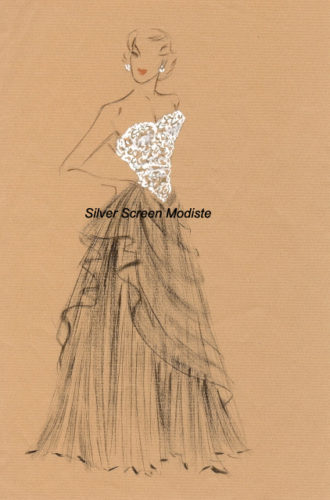
Beginning in 1933, Irene designed with her own label for The French Shop at Bullock’s Wilshire.The costume sketch above was for an Irene creation for Bullock’s Wilshire, the art deco palace of shopping and fashion in Los Angeles. Irene was also simultaneously designing the movie wardrobe for many of her customers. The costume sketch below is also an Irene design for an unknown production, circa 1940.

Irene designed the gown below for publicity photos for Paulette Goddard’s appearance in Second Chorus, 1940. Paulette was photogenic, but she never looked more alluring than in this gown.

Before Jean Louis came to the U.S. and began designing for Rita Hayworth at Columbia, Irene designed the glamorous gowns for Rita in the films You Were Never Lovelier in 1942, below, and You’ll Never Get Rich in 1941. Irene could always be counted on to provide both elegance and sex appeal. She often used nude souffle and lace to provide that eye-catching balance between exposing and concealing the figure that stimulated the eye.
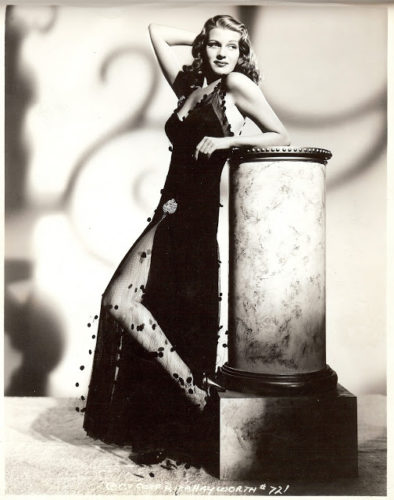
After Adrian left MGM in 1941 to open his own fashion business, Robert Kalloch designed for the studio for a brief period. But soon thereafter MGM hired Irene to become its executive designer, at a salary she couldn’t refuse. Even as MGM lost Greta Garbo and Joan Crawford, a new stable of stars was being groomed. One of them was the beautiful champion swimmer Esther Williams. Irene designed the gown below for publicity photos for Esther in 1942, showing off MGM’s newly-signed star. Irene was the perfect designer for Esther, accentuating her athletic physique in her suit designs and gowns. Helen Rose who followed Irene prefered the New Look, which I believe was not as flattering to her.

Irene designed the costumes for Lana Turner in The Postman Always Rings Twice. Lana Turner makes her entrance in the movie bare legs first. She’s dressed in white shorts and a white halter top. Janine Basinger describes the scene as “…one of the iconic showstoppers in modern motion picture history.” Irene designed an almost all-white wardrobe for Lana, wanting to emphasize her sun-tanned California look in her crisp white Twin Oaks uniform. Irene also wanted to help create that heavenly vision of Lana first coming down the staircase. The contrast of her platinum blond hair and white outfits with co-starJohn Garfield’s darker complexion makes for the perfect film noir atmosphere. As Lana was described in this film, “a black widow in white shorts.”

Irene also designed the costumes for Katharine Hepburn, who was also new at MGM. Below is a costume sketch for Kate in State of the Union, 1948. Irene designed for several of Hepburn’s films co-starring Spencer Tracy. Irene and Hepburn never got along, and Hepburn had her favorite designer of historical costumes Walter Plunkett, brought in to MGM, he of Gone With the Wind fame. They had worked together at RKO and were close friends.

Irene is pictured below in her MGM office with some costume sketches from Easter Parade, 1948, The movie starring Judy Garland and Fred Astaire was a festival of period costumes. In that same year she started her own fashion label and fashion design business. She used the hobble-skirt silhouette from Easter Parade in her own slim designer label skirts and suits.
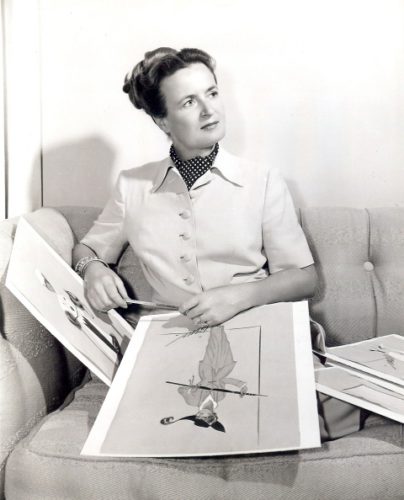
The costume sketch below was a design for Patricia Vanever in, Easter Parade. She was seen in the movie as one of the fashionable ladies strolling down 5th Avenue during the “Easter Parade” scene.
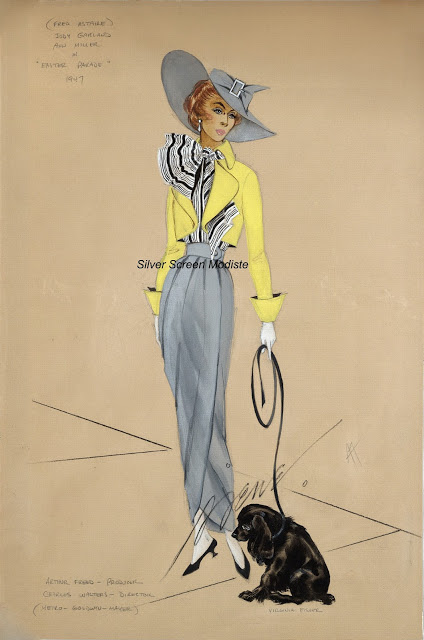
The costume sketch below was an Irene design for Ginger Rogers in The Barkleys of Broadway from 1949. This was the last film in which Ginger Rogers appeared with Fred Astaire. This design shows Irene’s flair for designing suits, which she would include regularly in her own label. Along with those from Adrian, there were no better suits ever designed.
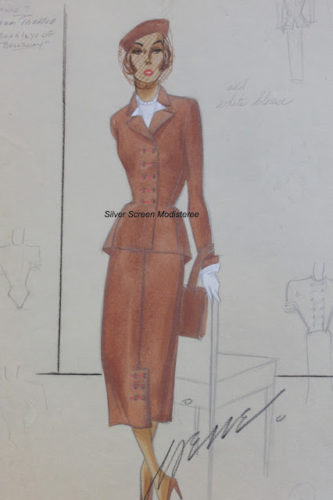
Irene left MGM in 1949 after problems due to her drinking. She could now concentrate on her own fashion business. Her line was carried by the leading department stores across the country. The stunning ball gown below was designed by Irene with white silk illusion fabric (normally used for bridal veils) over yellow, accented by a black velvet waist girdle and streamer and long black gloves. One can imagine the gasps heard when the woman wearing this creation made her entrance.
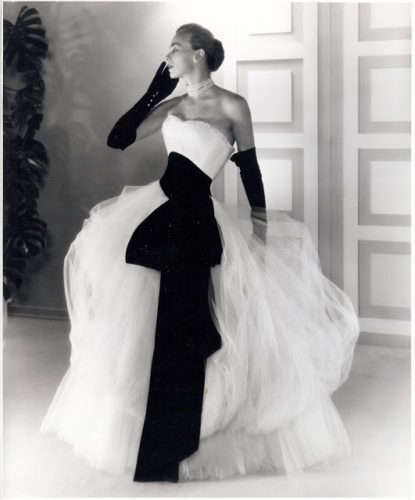
A classic Irene suit is shown below featuring a row of seven buttons on a peplum jacket with diagonal buttons on the flap pockets. Irene loved using buttons of distinction, often using buttons made of special materials and semi-precious stones. Her revers cuffs were another trademark. Irene’s suits could be worn for years and often were. They represented the pinnacle of women’s design and tailoring. Irene’s gowns also stayed fashionable for years, Marlene Dietrich took several of her Irene glamour gowns, purchased in the 1930s, to entertain the American troops during World War II.

Irene also loved floral prints. The bold print of roses on this column dress – with its open neck and bodice was perfection, heightened by the exact matching of its floral print on both sides of the bodice.
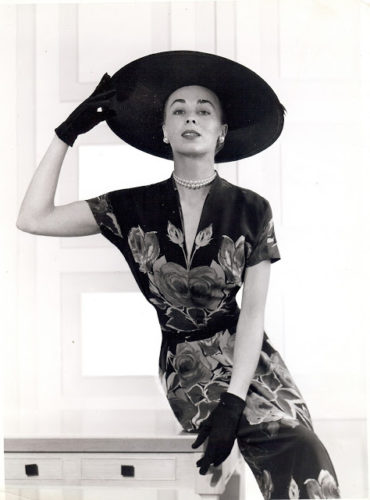
Irene returned to do a few more movie costumes, notably for Doris Day in Midnight Lace and Lover Come Back in 1960 and 1961. While her designing talents stayed at the top of her form, her personal life was plagued with anguish and melancholy. On November 15, 1962 she took her own life at the Knickerbocker Hotel in Hollywood.
Views: 1104


